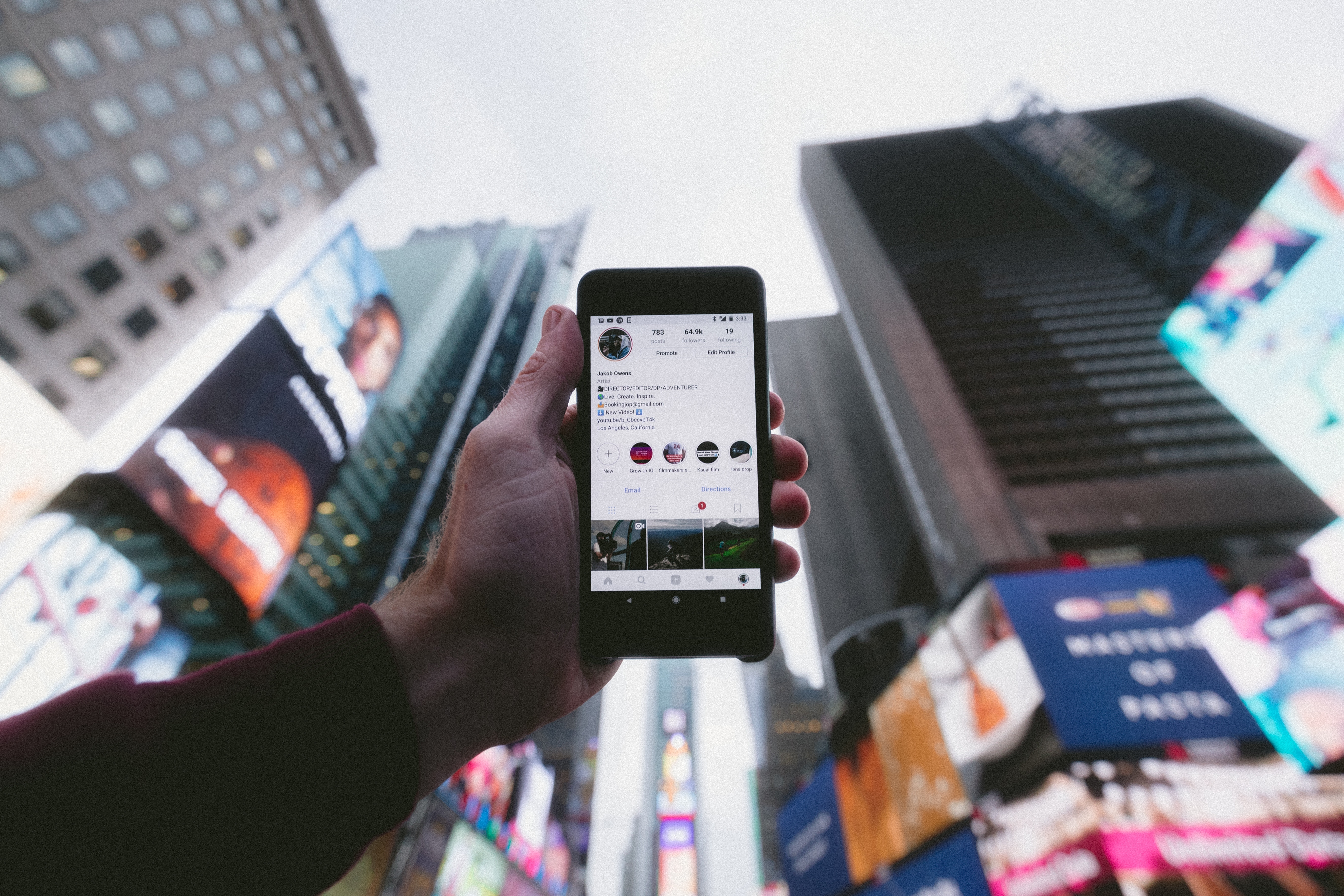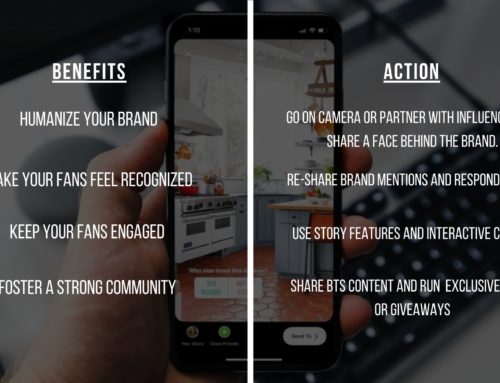Have you ever purchased a product just because you saw one of your favorite vloggers mention it on social media? If so, you’ve experienced influencer marketing first-hand. From Facebook to Instagram, YouTube, and beyond, influencer marketing is frequently used to tap into new audiences, increase sales, and spread overall brand awareness.
To better understand influencer marketing and how it can work for your brand, let’s look into what determines influence—the 3 R’s: reach, relevance, and resonance.
What is reach?
Reach is the number of people who actually see a single social media post on their newsfeed. This number is key for giving brands a deeper understanding of their potential audience size. Now, in a perfect world, everyone who follows a brand would see every single one of its organic posts, but social media does not roll that way. That’s why brands may choose to work with influencers with a higher follower count in order to send their messages to more people. And in order to do that successfully, they’ll need to select the right type of influencers that fit with their brand. That’s where relevance comes in.
What is relevance?
Relevance is how brands choose influencers that align with their values, image and audience target. This is essential because it’s what can make or break a social media influencer campaign. The key is to identify influencers who share the same culture and demographics as their desired target audience. For instance, an audio company selling professional studio headphones wouldn’t want to work with an influencer who’s never stepped inside a recording studio because it wouldn’t relate to the brand’s ideal customer. Instead, they would want to work with a record producer because it covers the right target audience for their product. From there, the goal is for content published to resonate clearly with those who see it and encourage post actions. Leading us to our third and final R, resonance.
What is resonance?
Resonance is the impression a single post makes on your audience. When a brand publishes influencer content, resonance determines how the content was digested. More simply put, what actions were taken by brand followers on the post—did it garner a decent amount of likes, comments, shares—or even better, sales? If so, a brand has proof that their influencer selection was successful. The ultimate goal is to have content reach as many relevant people as possible in order to drive desired customer behaviors. But, before that content can even be created, you’ll need to know the types of influencers available.
Types of Influencers
So, what type of influencers are there?
Mega Influencers (1M+ followers)
Brands who are looking to spread a message fast and have a good amount to spend may look to using mega influencers. These influencers tend to be more famous (think A-list celebrities) than influential, but can provide high reach and exposure that gives brands instant access to a huge audience.
Macro Influencers (100k to 1M followers)
Cue the term “internet famous!” Social media born and bred, these influencers can offer brands a wide audience range and usually offer low risk of fake followers or boosted engagement. Macro influencers are often represented by an agency or manager, which results in a timely completion of deliverables. However, similar to mega influencers, these influencers can come with a hefty price.
Micro Influencers (1k to 100k followers)
If you value authenticity and are working with a tighter budget, you should consider working with micro influencers. These influencers are easy for brands to access and offer great potential to tap into a new niche audience. They develop personal relationships with their followers, as well as create and post content that their online community genuinely cares about. Because of this, they can offer a higher conversion rate than other types of influencers.
Nano Influencers (5k followers or less)
We like to call nano influencers the all-stars of UGC (User Generated Content). They are the individuals who usually act as brand leaders in the sense that they already love a brand and enjoy creating relevant content. These influencers are much less expensive and, like micro influencers, provide a better level of authentic engagement.
Conclusion
The benefit of influencer marketing is it allows brands to leverage the credibility and authority of respected figures in their industry, which in turn, helps them reach new people in their desired target audience. Choosing the right candidates and curating relevant content is the ultimate key to success. Here at Amplify, we love staying up to date on the latest influencer marketing trends and are prepared to help elevate your influencer program to the next level.
In the next article, we’ll take an in-depth look at how to choose the right influencers for your brand.





